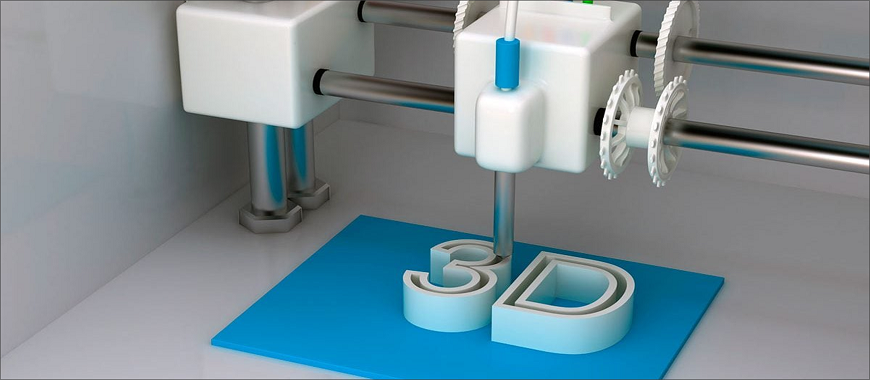
People debate whether 3D printing or additive manufacturing will have an impact on design and manufacturing. Discover why 3D printing will disrupt what we recognize nowadays as design and manufacturing. Here are eight reasons.
3D printing allows designers to develop and construct whole assemblies, inclusive of a clock with all the gears already placed into it, or a bearing with the balls already inside, or, very soon, elements with the electronics printed in. This functionality reduces the need for a production assembly line or at least removes many of the assembly stations, which saves cost.
With conventional production, it expenses you to change a machine or line to accommodate a variation. With 3D printing, you could transfer from printing a car to printing shoes to printing jewelry to printing just about whatever on the very next build. All that’s required is to download the CAD file. On top of that, you can print 1 to 10,000 parts, and no longer add value to the project (except for the cost of material used).
As soon as the design has a CAD file, manufacturing the item includes pushing the “on” button. Nowadays, kids are printing a part on their 3D printers.
You may maintain your design in your hands within hours, instead of days or weeks. Then you could alter and change it, and iterate the design as usually as you want until it’s perfect.
Parts within parts. Parts with various geometry holes in them, or parts with remarkable geometry shapes. You may make matters that were impossible just a few years ago. Throw out convention! challenge your creativeness.
A few 3D printers are as huge as machining centers. However, many are about the size of a large piece of luggage. when you have a strong source, you could build your designs nearly anywhere.
With conventional manufacturing, complexity entails multiple steps and time to develop the tool path - if that path is even feasible. With 3D printing, if you could dream it and layout it, you can construct it. And including functions does no longer upload to the fee to make. This is a first in human history. You could add holes, slices, tunnels, and so on without including the price to make the component.
More companies are offering thousands of colors in their build materials. In addition, companies are exploring textures and durometers. You may create blends of materials into metamaterials. Those metamaterials can have properties no longer feasible with conventional metals or plastics. That is simply the start.
